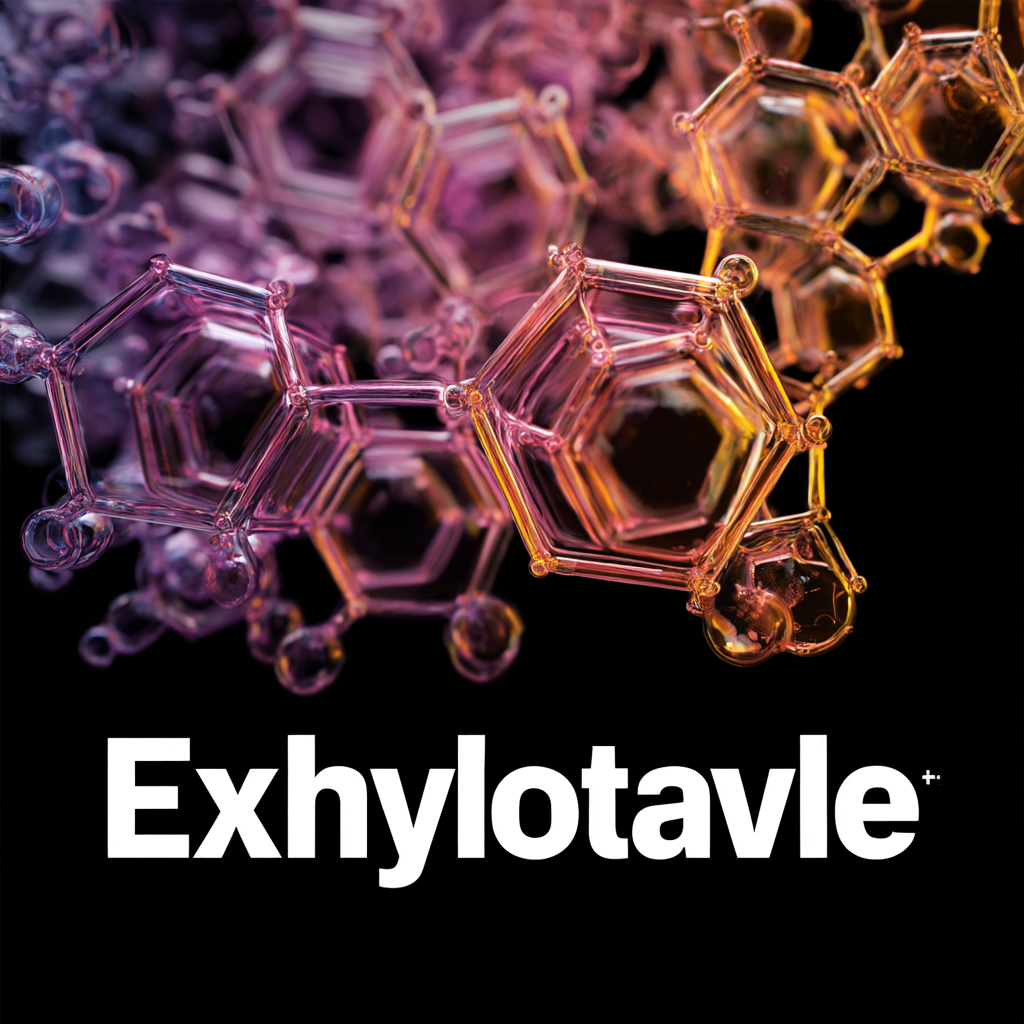
Navigating Industry Standards and Challenges in Ethoxylate Production
In the rapidly evolving landscape of chemical production, particularly in the field of Alcohol Ethoxylate Products, navigating industry standards and overcoming challenges can be a complex endeavor. As manufacturers aim to meet growing consumer demands while adhering to stringent regulatory frameworks, the production of ethoxylates presents unique difficulties that require careful attention. This blog will provide a comprehensive checklist designed to help industry professionals streamline their operations, ensuring compliance with environmental regulations and quality standards, while also optimizing their production processes. By addressing key considerations such as sourcing raw materials, implementing effective safety measures, and staying abreast of technological advancements, stakeholders can enhance their understanding of the nuances involved in Alcohol Ethoxylate Products production and position themselves for success in a competitive market.

Understanding Ethoxylate Production: Key Industry Standards to Consider
In the realm of ethoxylate production, understanding key industry standards is crucial for manufacturers aiming to ensure product quality and compliance. Ethoxylates are vital intermediates used across various sectors, including detergents, personal care products, and agricultural chemicals. One of the primary standards to keep in mind is the American National Standards Institute (ANSI) specifications, which provide guidelines for safety and performance. Adhering to these guidelines not only helps in producing effective ethoxylates but also mitigates risks associated with chemical safety.
Moreover, environmental regulations play a significant role in ethoxylate production. Manufacturers must comply with the regulations set forth by the Environmental Protection Agency (EPA), which dictate acceptable limits for emissions, waste management, and the use of hazardous substances. It's essential for companies to integrate sustainable practices into their production processes, focusing on reducing environmental impact while meeting consumer demands. By aligning production methods with industry standards, manufacturers can enhance their reputation, maintain market competitiveness, and contribute positively to a sustainable future.
This bar chart illustrates the importance level of various key industry standards in ethoxylate production. Each category represents different challenges or standards that influence the production process, highlighting their relative significance in maintaining quality and compliance in the industry.
Challenges in Ethoxylate Production: Identifying Common Obstacles
In the ethoxylate production industry, several common obstacles often hinder efficiency and product quality. One major challenge is the variability in raw materials. Ethoxylates are synthesized using ethylene oxide and a range of fatty alcohols, which can vary significantly in purity and composition. This inconsistency can lead to variations in the final product, affecting performance characteristics and compliance with industry standards.
Another critical challenge is maintaining operational safety. Ethylene oxide is highly flammable and poses significant health risks if not handled correctly. Producers must invest heavily in safety protocols and infrastructure to mitigate these risks, which can increase production costs.
Additionally, regulatory compliance adds another layer of complexity, as manufacturers must navigate a maze of local and international regulations to ensure that their products meet the required safety and environmental standards. This constant juggling of safety, quality, and regulatory demands makes ethoxylate production a complex endeavor that requires vigilant management and innovation.
Quality Assurance in Ethoxylate Manufacturing: Best Practices from Leading Factories
 In the competitive landscape of ethoxylate production, ensuring stringent quality assurance measures is paramount for manufacturers aiming to meet industry standards. Leading factories adopt best practices that not only enhance product integrity but also drive operational efficiency. For instance, a recent industry report indicated that companies implementing real-time monitoring systems saw a 30% reduction in production defects, underscoring the importance of technology in quality management.
In the competitive landscape of ethoxylate production, ensuring stringent quality assurance measures is paramount for manufacturers aiming to meet industry standards. Leading factories adopt best practices that not only enhance product integrity but also drive operational efficiency. For instance, a recent industry report indicated that companies implementing real-time monitoring systems saw a 30% reduction in production defects, underscoring the importance of technology in quality management.
Tip: Regular training sessions for factory staff on the latest quality control techniques can significantly improve overall output quality. Establishing a culture of continuous improvement and accountability within the workforce empowers teams to proactively identify and resolve potential issues before they escalate.
Moreover, adherence to international quality standards such as ISO 9001 has proven to be beneficial for leading factories. An analysis found that compliance with these standards enhances customer satisfaction ratings by approximately 25%, highlighting their role in building trust and reliability in the marketplace.
Tip: Establishing a routine schedule for quality audits ensures that factories not only maintain compliance but also stay ahead of potential regulatory changes. This proactive approach fosters a robust quality management system that can adapt to evolving industry demands.
The Role of Innovation in Improving Ethoxylate Production Processes
Innovation plays a crucial role in enhancing ethoxylate production processes, addressing both efficiency and sustainability challenges. As the demand for ethoxylates in various industries continues to rise, manufacturers are increasingly adopting advanced technologies. Innovations such as continuous processing and the use of renewable feedstocks are not only streamlining operations but also significantly reducing waste and energy consumption. These advancements enable producers to meet regulatory standards while minimizing environmental impact.
Moreover, research and development are driving breakthroughs in the formulation of ethoxylates, improving their performance characteristics and broadening their applications. For example, the introduction of novel catalysts and optimization of reaction parameters have led to higher yields and better product quality. Embracing digitalization through automation and real-time monitoring further enhances process control, allowing for quicker responses to market demands and operational challenges. By fostering a culture of innovation, producers can navigate the complexities of the industry while staying competitive in an ever-evolving marketplace.
Navigating Industry Standards and Challenges in Ethoxylate Production - The Role of Innovation in Improving Ethoxylate Production Processes
| Dimension | Current Status | Challenges | Innovative Solutions |
|---|---|---|---|
| Process Efficiency | 70% efficiency in traditional methods | High energy consumption | Implementation of energy-efficient catalysts |
| Product Quality | Standard Specifications Met | Variability in raw material quality | Use of advanced quality control analytics |
| Regulatory Compliance | Complies with local regulations | Stringent international standards | Proactive engagement with regulatory bodies |
| Raw Material Sourcing | Diversified suppliers | Supply chain disruptions | Investment in alternative sourcing strategies |
| Sustainability Initiatives | Begun initial studies | Limited technologies available | Research in biodegradable alternatives |
The Future of Ethoxylates: Trends and Adaptations in a Changing Market
The ethoxylate market is rapidly evolving, driven by shifting consumer preferences and stringent regulatory standards. According to a report by Fortune Business Insights, the global ethoxylates market was valued at approximately USD 7 billion in 2022 and is projected to reach USD 10 billion by 2030, growing at a CAGR of 5.5%. This robust growth is largely influenced by the increasing demand for eco-friendly surfactants in various applications, including personal care, household cleaning, and industrial processes. Manufacturers are thus compelled to innovate and adapt their production methods to align with sustainability goals and regulatory requirements.

In addition, the implementation of stricter environmental regulations across many regions is reshaping the industry landscape. The European Commission’s Green Deal is a prime example, as it emphasizes the reduction of hazardous chemicals and the promotion of safer alternatives. This shift has prompted producers to enhance their product lines with biodegradable and less toxic ethoxylates, catering to environmentally conscious consumers. Market leaders are increasingly investing in R&D to develop more efficient ethoxylation processes that minimize waste and energy consumption, ensuring they remain competitive in a market that is not only growing but also demanding higher sustainability standards.
